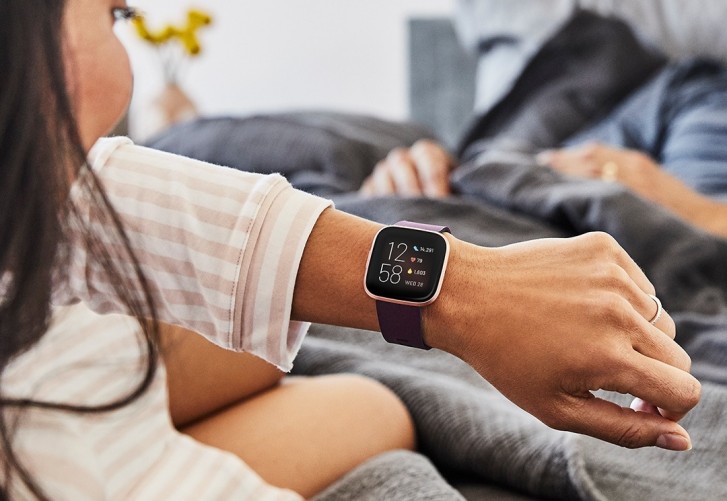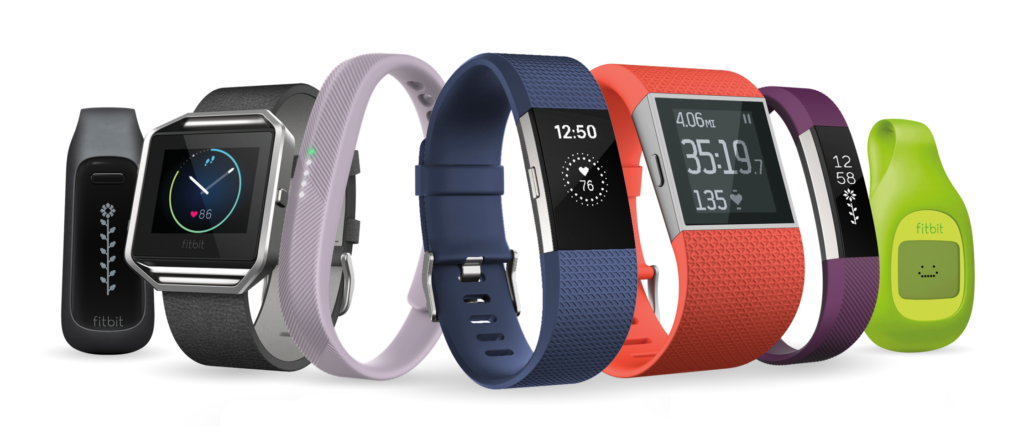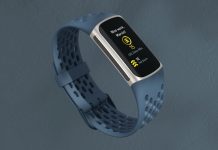As at Q1 2017, Fitbit was the leading wearable manufacturer globally but the fitness band manufacturer has long been dethroned by the likes of Xiaomi and Apple. Even though the company still ranks among the top 5 wearable manufacturers, its market share is a far cry from that of the market leader, Apple. Going by IDC’s research data for Q3 2019, Fitbit shipped a paltry 3.3 million wearables while Apple shipped an estimated 29.5 million and Xiaomi shipped 12.4 million wearables respectively. Despite the low market share, Fitbit wearables still remain some of the best fitness and health trackers around. A study carried out in the US uncovered one of the hidden features of most Fitbits. That is the ability to be able to help users know if they are coming down with the flu – and warn health authorities to get ready to help.
The study found that heart rate and sleep data from wearable fitness tracker watches can predict and alert public health officials to real-time outbreaks of flu more accurately than current surveillance methods.
The study used data from more than 47,000 Fitbit users in five US states. The results, published in The Lancet Digital Health journal, showed that by using Fitbit data, state-wide predictions of flu outbreaks were improved and accelerated.
For this study, Radin’s team de-identified data from 200,000 people whose Fitbits tracked activity, heart rate and sleep for at least 60 days during the March 2016 to March 2018 study period. From the 200,000, a total of 47,248 users from California, Texas, New York, Illinois and Pennsylvania wore a Fitbit consistently during the period. The average age was 43 and 60% were female.
Users’ resting heart rate and sleep duration were monitored and flagged as abnormal if the average weekly heart rate was significantly above their overall average and their weekly average sleep was not below their overall average. The data was then compared to the US Centers for Disease Control’s weekly estimates for flu-like illness.
EDITOR’S PICK: Xiaomi’s Aqara officially unveils its range of smart home products in the US
Obviously more studies need to be carried out in order to ascertain the reliability of using data from the wearable to detect flu but as Rosalind Eggo, a public health expert at the London School of Hygiene & Tropical Medicine puts it, the study is an indication that fitness trackers hold some promise as a disease surveillance tool. But she said more work is needed “to gauge how reliable these data are over time, how specific these measurements are for flu, and how representative Fitbit users are of the whole population”
This is said to be te best method to monitor flu as previous studies using crowd-sourced data – such as Google Flu Trends and Twitter – have experienced variable success, partly, experts say, because it is impossible to separate out behaviour of people with flu from people who search online about it due to more media and public attention during outbreaks.
UP NEXT: Poco splits from Xiaomi to become an independent brand
(source)







